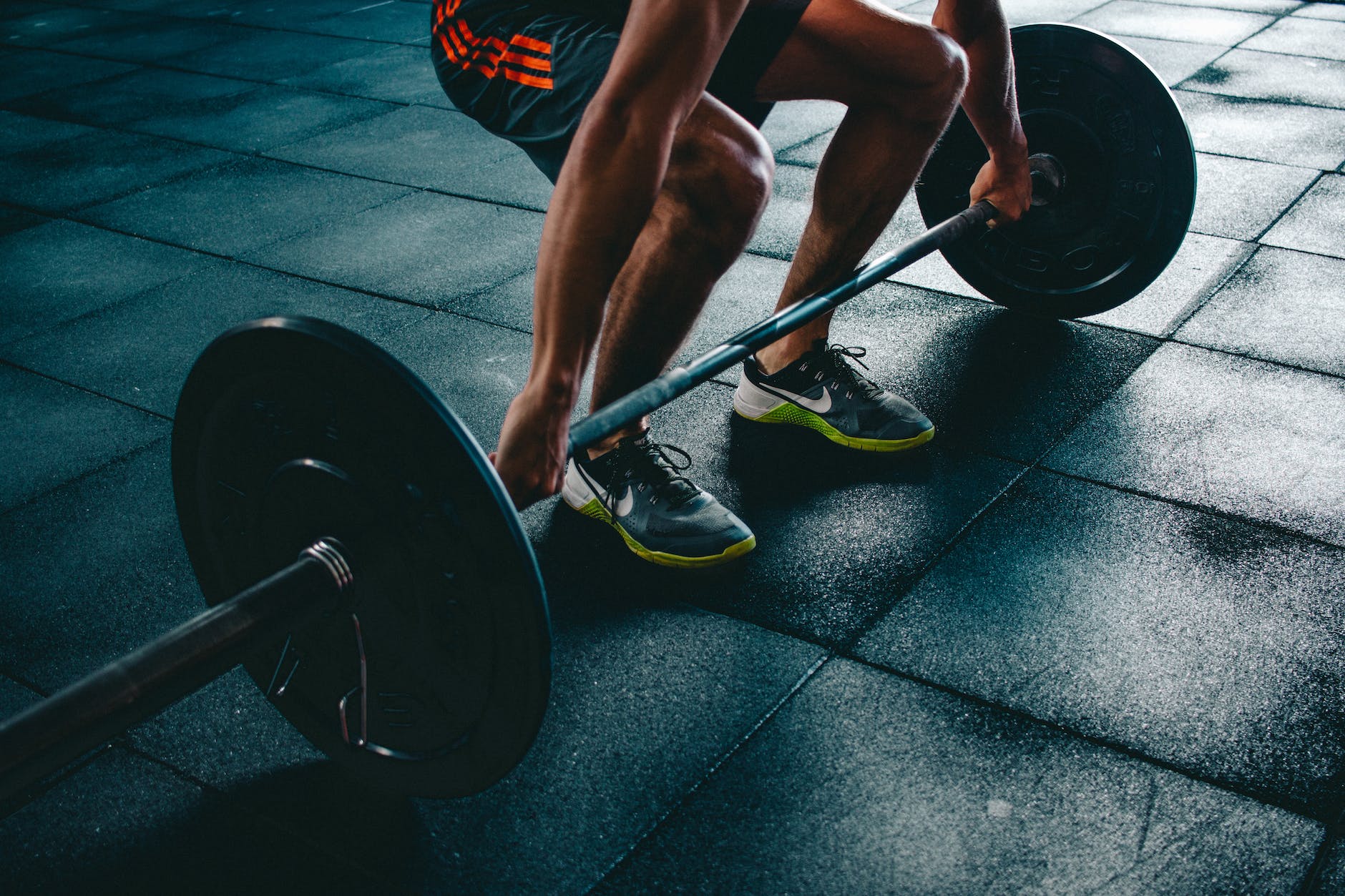
Deadlifting is a powerful exercise many people use to strengthen and build muscle. But it can sometimes make your lower back feel sore or uncomfortable. This soreness can stop you from getting better at the exercise or even cause injuries if it’s not taken care of. Luckily, there are ways to lift weights safely to avoid this discomfort.
In this blog, we’ll share tips and tricks to help make deadlifting easier on your back so you can lift weights safely and keep getting stronger.
Why Does My Lower Back Hurt When I Deadlift?
If your lower back hurts during deadlifts, it could be because of a few reasons:
- Not Lifting Right: The most common reason for back pain is not lifting the weights correctly. This can happen if you bend your back too much, don’t stand the right way, or forget to keep your stomach muscles tight.
- Lifting Too Much, Too Soon: Trying to lift weights that are too heavy before you’re ready can put too much pressure on your back.
- Being Stiff: If your legs and hips aren’t flexible enough, it can make lifting harder and put more strain on your back.
- Needing Stronger Muscles: If your stomach, backside, and leg muscles aren’t strong enough, your lower back does more work than it should.
- Too Tired: Lifting weights when you’re already tired can make it hard to keep good form, which might lead to back pain.
Knowing these reasons helps us figure out how to fix the problem. By learning to lift the right way, not rushing to lift heavier weights, and making sure our bodies are ready for lifting, we can help keep our backs safe.
Pre-Deadlift Preparation Strategies
Before you start deadlifting, it’s important to get your body ready. Here’s how:
- Warm-Up: Just like you wouldn’t run a race without warming up, you shouldn’t deadlift without getting your muscles ready. Do some light exercises for about 5 to 10 minutes to get your blood flowing.
- Stretch: Do some stretches to ensure your legs and back aren’t stiff. This helps you move better and protects your back.
- Eat Right: Eating healthy foods gives you the energy you need to lift weights and helps your muscles recover afterward.
Proper Deadlift Technique
Deadlifting the right way is key to not hurting your back. Follow these steps:
- Stand Tall: Start by standing with your feet hip-width apart, with the middle of your feet under the barbell.
- Grip Firmly: Bend over and hold the bar with your hands shoulder-width apart. You can also use a mixed grip (one palm facing you and the other facing away) to hold the bar better.
- Keep Your Chest Up: Bend your knees until your shins touch the bar. Keep your chest up and your back straight. Imagine you’re trying to show the logo on your shirt to someone in front of you.
- Lift Carefully: Take a deep breath, hold it, and lift the bar by straightening your legs while keeping your back straight. The bar should stay close to your body as you lift it.
- Put It Down Right: Lower the bar to the ground by bending at the hips and knees. Make sure to keep your back straight as you put the weight down.
Post-Deadlift Recovery Practices
After you finish deadlifting, don’t forget to take care of your body:
- Cool Down: Do some light exercises or walk for a few minutes to help your muscles relax.
- Stretch Again: Stretch your legs and back to keep from getting stiff.
- Rest: Give your muscles time to rest and get stronger. You don’t need to deadlift every day. A couple of times a week is enough.
Incorporating Assistance Exercises
Incorporating assistance exercises into your routine is like adding extra tools to your toolbox; they make you stronger and more prepared for deadlifting. These exercises focus on strengthening your back, core, and leg muscles, which play a big role in deadlifting safely and effectively. Let’s discuss why these exercises are important and why it can help you the most.
Why Assistance Exercises Matter
When you deadlift, you’re not just using one part of your body. It would help if you had strong legs to lift the weight, a strong back to keep it close and move it upwards, and a strong core to keep everything stable. Assistance exercises target these areas, making them stronger and more capable of handling the weight. This means you can lift more without hurting your back.
Conclusion
Deadlifting is a great exercise, but doing it wrong can hurt your back. By getting ready properly, following the steps to lift the right way, and caring for your body afterward, you can keep deadlifting without the pain. Remember, lifting a little less weight the right way is always better than lifting too much and getting hurt. Stay safe, and keep getting stronger!